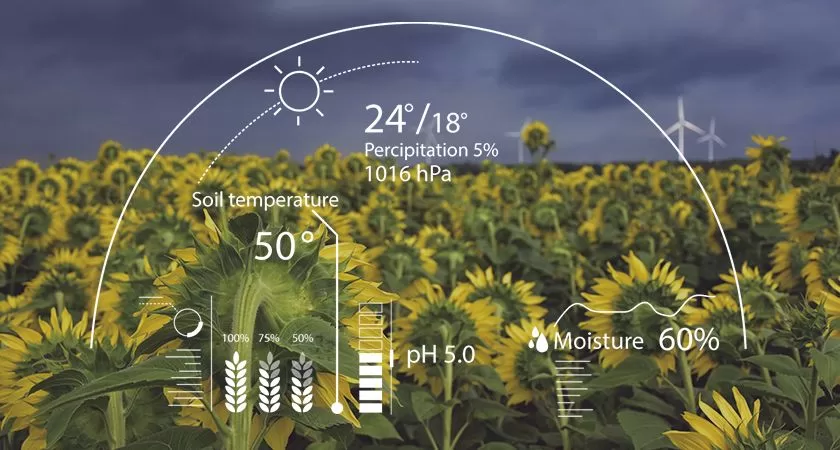Agriculture has had a significant impact on the Amazon rainforest. Large-scale agriculture, particularly the cultivation of soybeans and beef cattle, has led to the clearing of vast tracts of the forest, releasing carbon dioxide and contributing to climate change. The expansion of agriculture has also had negative impacts on the indigenous communities and wildlife that depend on the forest for their livelihoods and habitat.
In addition to the direct effects of agriculture on the forest, the infrastructure associated with agriculture, such as roads and ports, has facilitated further deforestation through illegal logging and mining.
However, it is important to note that not all agriculture in the Amazon is damaging to the forest. Some small-scale and sustainable farming practices, such as agroforestry, can be compatible with the conservation of the forest and the protection of its biodiversity.
Is there agriculture in the Amazon rainforest?
Yes, agriculture plays a significant role in the economy and society of the Amazon region. The Amazon rainforest is home to a diverse array of crops, including staple foods such as manioc (cassava), plantains, and rice, as well as cash crops such as coffee, cocoa, and rubber.
However, large-scale agriculture, particularly the cultivation of soybeans and beef cattle, has also been a major driver of deforestation in the Amazon. These activities have led to the clearing of vast tracts of forest, releasing carbon dioxide and contributing to climate change. The expansion of agriculture has also had negative impacts on the indigenous communities and wildlife that depend on the forest for their livelihoods and habitat.
How much rainforest is destroyed for agriculture?
It is difficult to quantify exactly how much rainforest has been destroyed for agriculture, as deforestation rates vary over time and across different regions. However, it is clear that agriculture is a major driver of deforestation in the Amazon rainforest and other rainforests around the world.
According to data from the World Wildlife Fund, approximately 20% of the Amazon rainforest has been lost due to human activity, with most of this loss occurring as a result of agriculture and livestock production. Deforestation for agriculture has also been a significant problem in other rainforest regions, such as the Congo Basin and Southeast Asia.
The destruction of rainforests for agriculture has serious consequences for the global climate and biodiversity. Rainforests are important carbon sinks and are home to many unique species of plants and animals. Deforestation releases the carbon stored in the trees and can contribute to climate change, and the loss of habitat can have negative impacts on the biodiversity of the region.
What percentage of Amazon deforestation is caused by agriculture?
Agriculture is a major driver of deforestation in the Amazon rainforest. According to data from the World Wildlife Fund, approximately 70% of deforestation in the Amazon is caused by large-scale cattle ranching, while approximately 15% is due to small-scale subsistence agriculture and 15% is due to industrial-scale soybean production.
It is worth noting that these percentages may vary over time and across different regions within the Amazon. Deforestation rates have fluctuated significantly in the Amazon over the past several decades, with periods of both increases and decreases in forest loss. In recent years, there have been efforts to reduce deforestation in the Amazon, and some progress has been made in reducing the rate of forest loss. However, the threat of deforestation for agriculture and other purposes remains a significant concern.
Which farming is used in Amazon forest?
There are a variety of farming practices that are used in the Amazon rainforest. Many indigenous communities in the Amazon rely on small-scale subsistence agriculture, in which they grow a variety of crops for their own consumption. These crops may include staples such as manioc (cassava), plantains, and rice, as well as other crops such as beans, corn, and vegetables.
In addition to small-scale subsistence agriculture, there is also large-scale industrial agriculture in the Amazon. The most significant crops grown for export include soybeans, beef, and palm oil. These crops are often grown on land that has been cleared of forest, and their cultivation has been a major driver of deforestation in the region.
There are also efforts to promote sustainable agriculture practices in the Amazon, such as agroforestry, in which trees and crops are grown together in a way that is compatible with the conservation of the forest and its biodiversity.






